Candida is a harmless bacteria, but when it’s unbalanced in the body, it can produce a host of uncomfortable symptoms and conditions.
Fortunately, you can address candida by making certain dietary changes, like steering clear of sugar and fermented or processed foods that don’t contain natural probiotics. Here are the foods that feed the yeast and make the problem worse – and what to eat instead.
What Is Candida?
Candida is a yeast bacteria found in our bodies. Most people think of bacteria as being a negative thing, but as humans, we need it to keep us alive. However, there are good types of bacteria and bad types. They both exist in our bodies at all times, but it is the balance that makes all the difference.
In need of a sugar detox?
Click here to get your FREE Sugar Detox Guide + Sugar-Free Recipes!
When kept in check by good bacteria, candida is not a problem. However, when things get off balance and you have an overgrowth, we can develop problems like yeast infections and thrush. To help treat it, it’s important to restore balance to the microbiome by restricting the foods that candida feeds off of and eating foods that nourish the good bacteria.
The Candida Diet: 10 Foods to Avoid
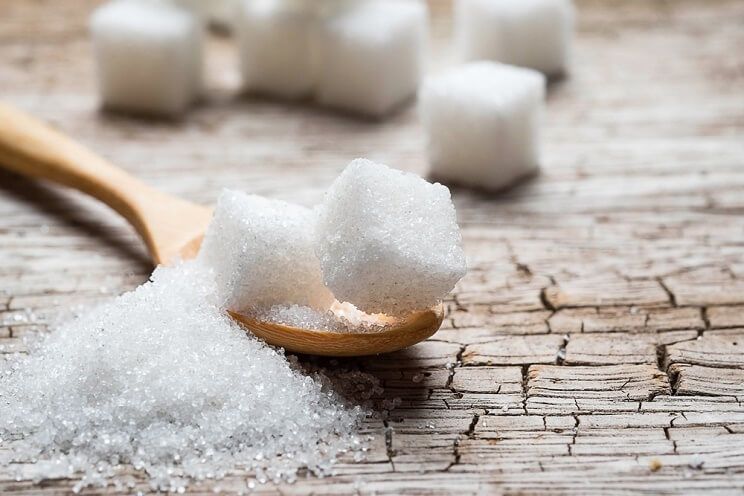
Since candida is a yeast bacteria, you want to avoid things that can feed yeast. This includes sugary, fermented, or preserved foods without probiotics in them, like white vinegar, store-bought pickles, and condiments.
You’ll also want to avoid rancid or moldy foods that can feed yeast in a roundabout way. Of course. you’re thinking, “I would never choose to eat rancid or moldy food!” but certain foods, like nuts, contain these properties even if they aren’t technically rotten or unsafe to eat.
If you’re battling a candida overgrowth, avoid these 10 foods to stop fueling the yeast and start healing quicker.
1. Sugar
Whether it’s refined white sugar or maple syrup, raw honey, or coconut sugar, all types of sugars and sweeteners need to be avoided on a candida plan. This is because no matter what form of sugar it is, when you digest it, it gets broken down into simple glucose molecules that feed candida at a cellular level. (1)
The same is true for artificial sweeteners and sugar alcohols. Some argue that stevia is acceptable for a candida plan, but because it still adds a taste of sweetness, eating stevia can increase cravings for real sugar or sweeteners. If you’re dealing with a yeast infection or candida overgrowth, it’s best to avoid all sweets until the bacterial balance is restored.
2. Grains
Grains like wheat, barley, and rye all digest down into simple sugars that can feed yeast. (2) This is even true of gluten-free grains, like rice and quinoa! When eating to decrease candida, it’s important to eliminate grains of all kinds cuts down on the basic carbs that the yeast can thrive on.
3. Sugary Fruit
While all fruits contain some levels of natural sugar, certain ones contain significantly higher levels than others. These fruits can ultimately end up feeding the yeast if you eat them regularly.
Fruits to avoid on a candida diet include bananas, citrus, and mango, and all dried fruits, like dates and raisins. Some candida plans will say that green, unripe bananas are okay or may be eaten occasionally, but ripe, yellow bananas are definitely too high in sugar to regularly eat on a candida diet. Instead, stick with fruits that are low in sugar, like berries, lemons, and limes.
4. Alcohol
Alcohol is a fermented beverage that breaks down into sugar as it is digested and metabolized by the liver. Because it contains no nutritive value, this type of sugar can worsen yeast problems quickly. Plus, because alcohol is fermented from yeast, it can throw off the bacterial balance in the body when you’re already trying to get that back in line.
Another problem with having a drink or two is that alcohol subverts the liver from its primary tasks. If you’re dealing with yeast overgrowth, you’re also at risk for leaky gut, and any alcohol intake dramatically alters the microbiome and the bacteria that are found there – even in a single episode of drinking. (3)
5. Condiments
Condiments are basically a sugar trap, as ketchup and others are loaded with sugars and preservatives that can feed candida. White vinegar, too, should be avoided, since it is fermented but doesn’t have the antibacterial benefits that apple cider vinegar does.
6. Caffeine
Caffeine in and of itself doesn’t feed yeast, but it does alter your blood sugar, which will worsen candida problems. Switching to decaf drinks while you’re trying to address bacterial balance can be a subtle shift, but can have an impact on your daily blood sugar levels.
7. Dairy Products
Dairy products like cheese, cream, milk, and even most yogurts can be problematic for yeast. While conventional advice says to eat yogurt for yeast infections, that doesn’t take into consideration that most yogurt is loaded with sugar. Unless you’re eating completely plain yogurt, you’ll want to steer clear.
Milk and cheese also contain high levels of lactose, a type of sugar that can worsen bacterial balance.
8. Nitrates and Sulfates
Nitrates and sulfates are among the additives commonly found in products like deli meat, jerky, meat bars, and the like. Because these foods are preserved, they have a higher mold count and should be avoided. Opt for fresh, uncured meat instead right now.
9. Refined Fats
Refined fats are so overly processed that they’re void of nutrients and can easily go rancid since they’re been processed to remove many of the nutrients that protect against rancidity, like vitamin E. These types of fats include canola oil, cottonseed oil, vegetable oil, margarine, and sunflower oil.
10. High-Mold Nuts, Seeds, and Legumes
Some nuts have a higher natural mold count than others. Walnuts and pine nuts have the highest mold counts, and cashews, pistachios, and peanuts are not far behind. (4) However, almonds and sunflower seeds are safe.
Foods to Eat for Candida
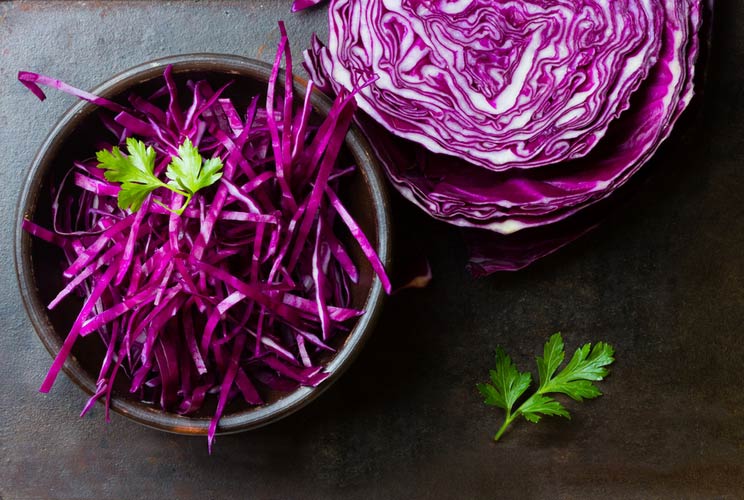
When battling candida, it’s important to focus on eating whole foods that are rich in nutrients and free from sugars and additives that can worsen yeast. Research shows that modifying your diet accordingly can help to reduce the need for prescription medication to address yeast and fungal overgrowth. (5)
To get a yeast overgrowth under control, try eating more of the following foods.
Low-Starch Vegetables:
- Asparagus
- Brussels sprouts
- Spinach
- Cauliflower
- Cabbage
- Kale
- Celery
- Cucumbers
- Onions
- Garlic
- Zucchini
- Raw tomatoes
Low-Sugar Fruits:
- Berries
- Lemons
- Limes
Fresh, Uncured Meats and Protein:
Low-Mold Nuts and Seeds:
- Almonds
- Sunflower seeds
Antibacterial Foods:
- Apple cider vinegar
- Coconut oil
Healthy Fats:
- Avocado
- Olive oil
Probiotic Fermented Foods:
- Sauerkraut
- Kimchi
- Coconut kefir
- Coconut yogurt
Balancing Herbs and Spices:
Decaf and Non-Alcoholic Drinks:
- Herbal tea
- Sparkling or still water
- Almond milk
You might also want to consider taking probiotic supplements to help keep your gut bacteria balanced and happy.
Bottom Line
Candida is a harmless bacteria, but too much of a harmless thing can still be a bad thing. If you’re dealing with excess candida, changing your diet can help to restore bacterial balance in the body. These changes can take time, however, so make sure that you work with a nutrition professional who can guide you through the process.
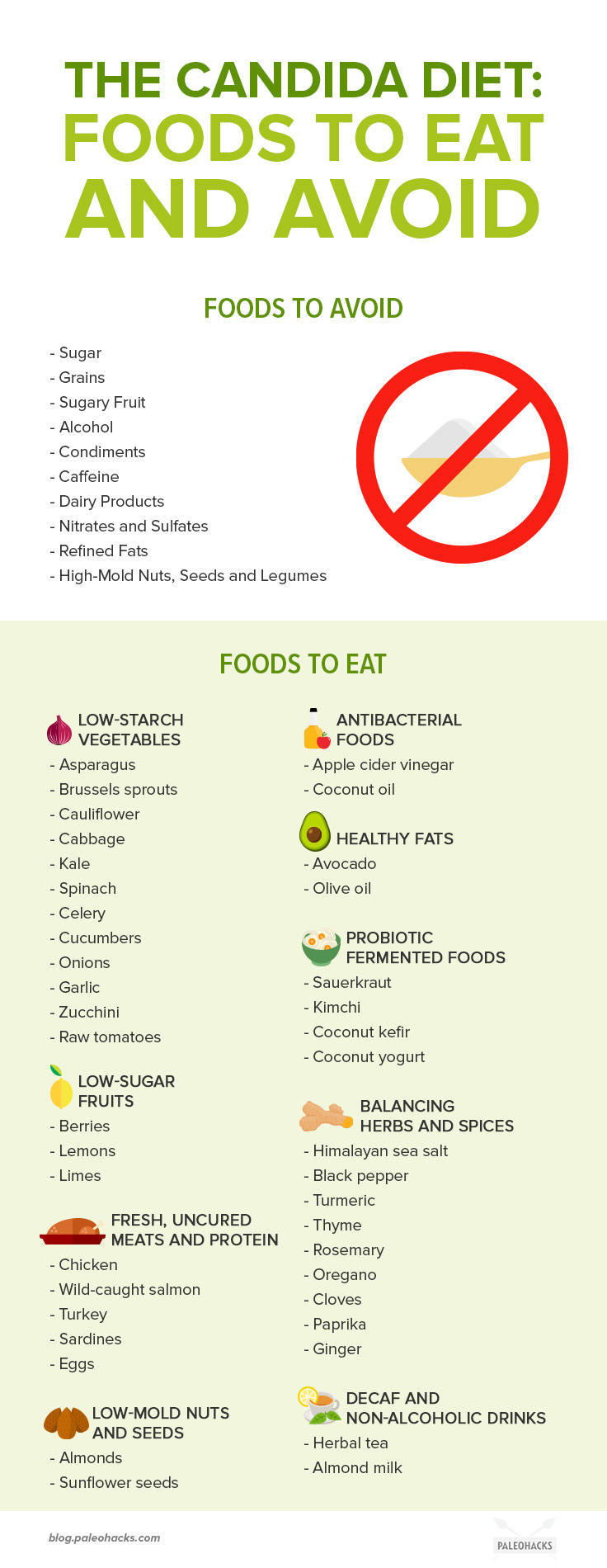
(Read This Next: 15 Candida Diet Recipes to Help Heal Your Gut)


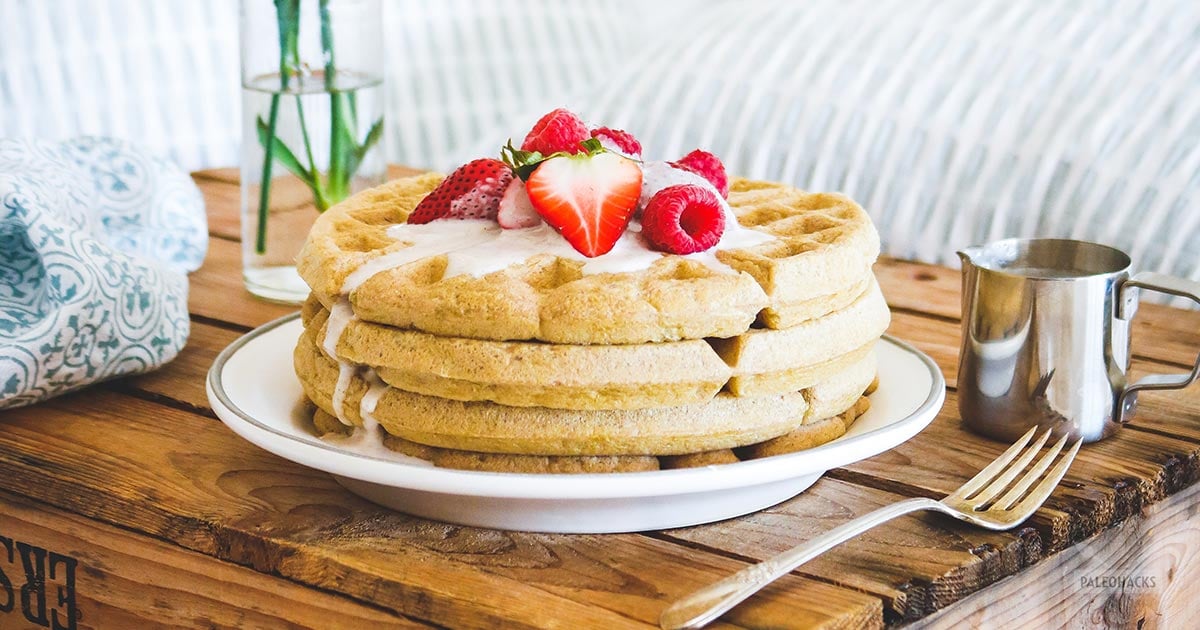
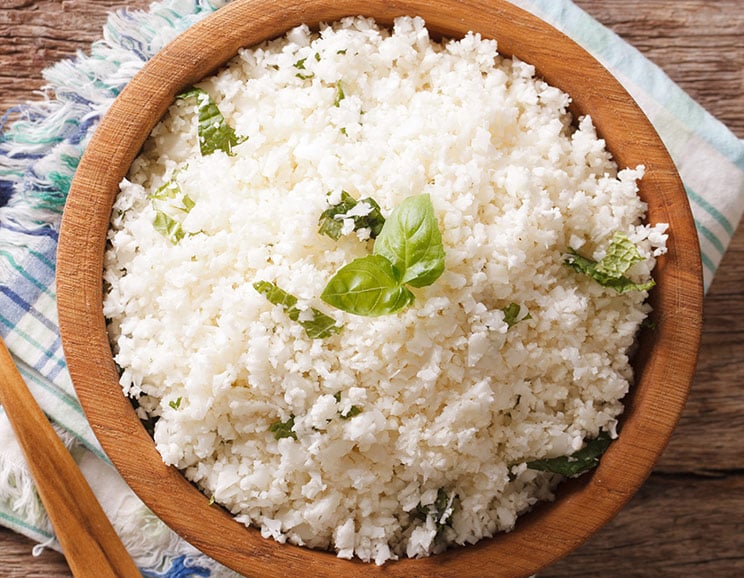
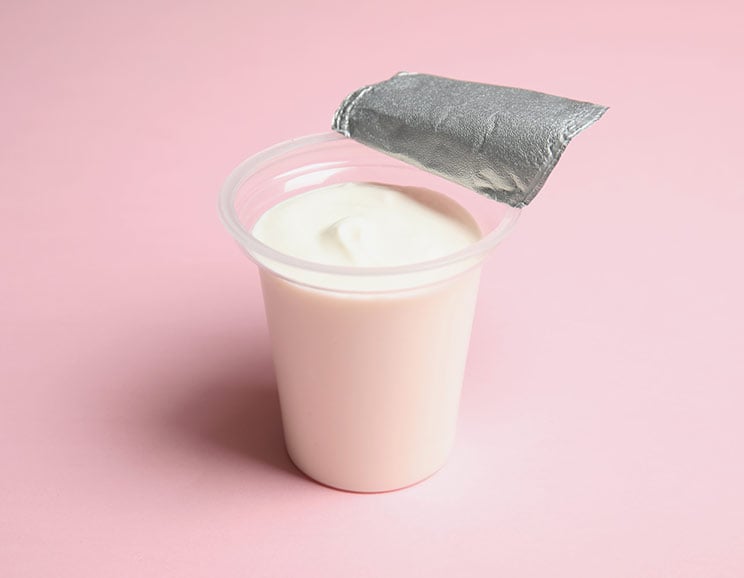
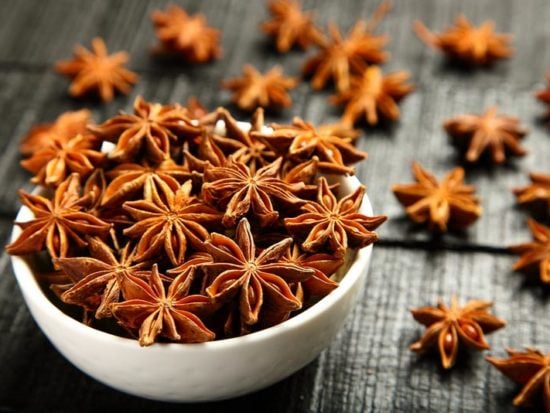

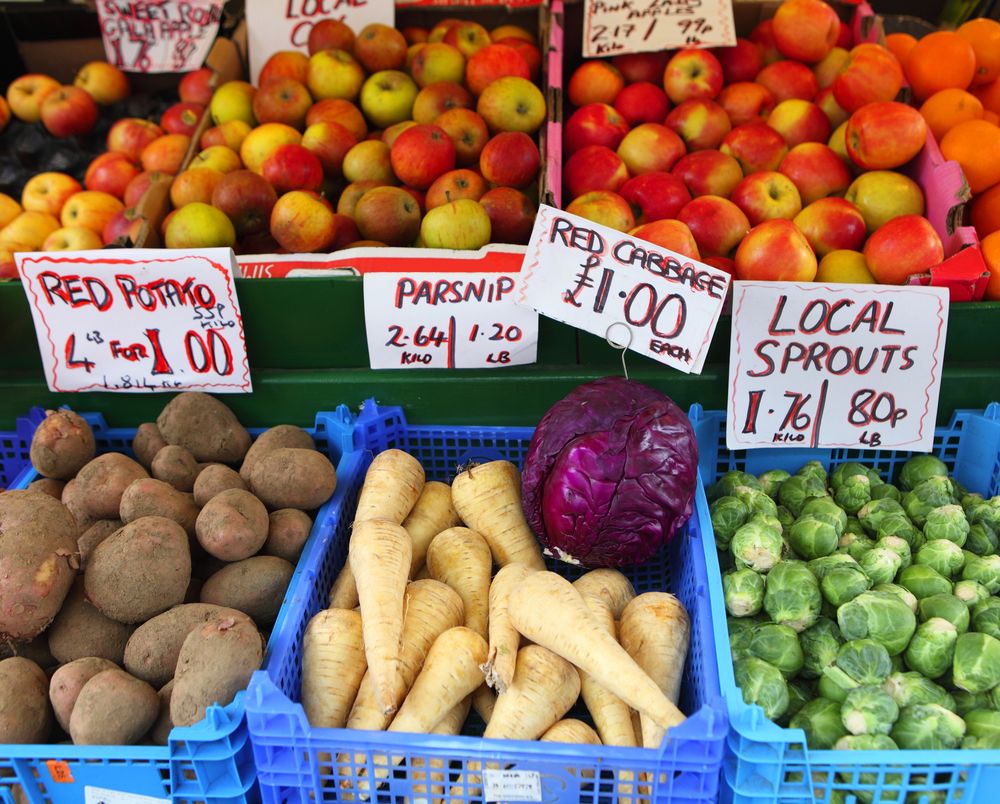
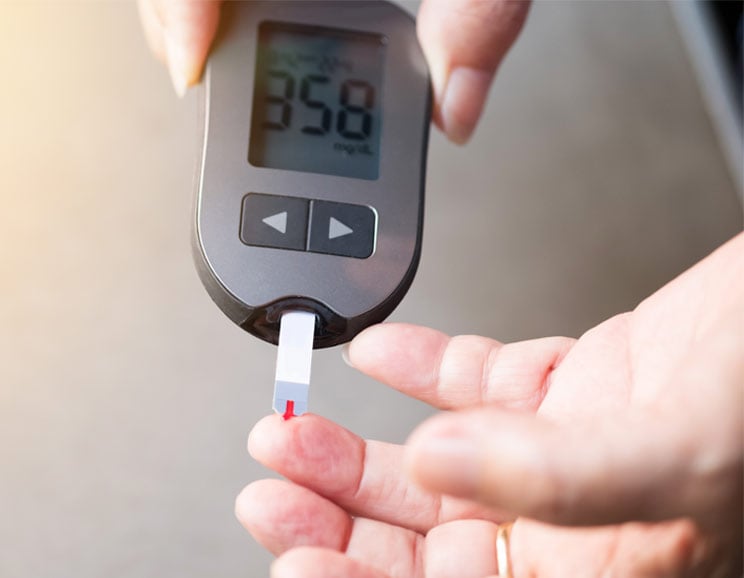
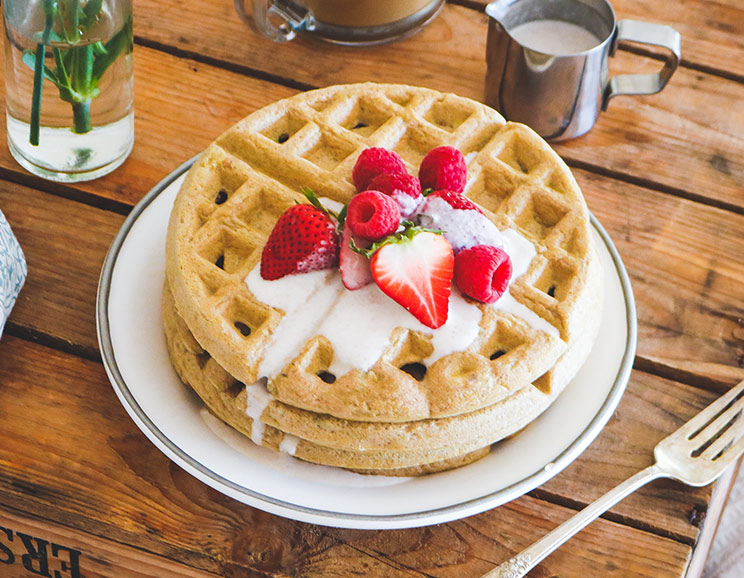
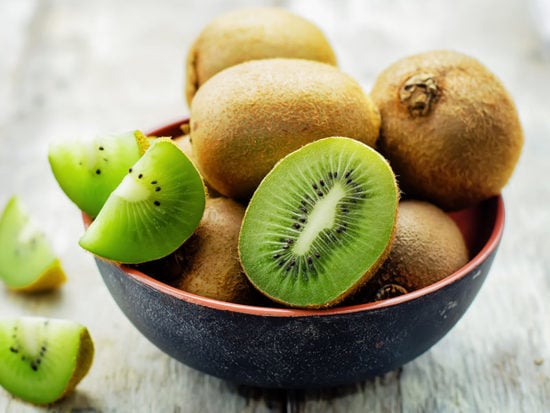

Show Comments